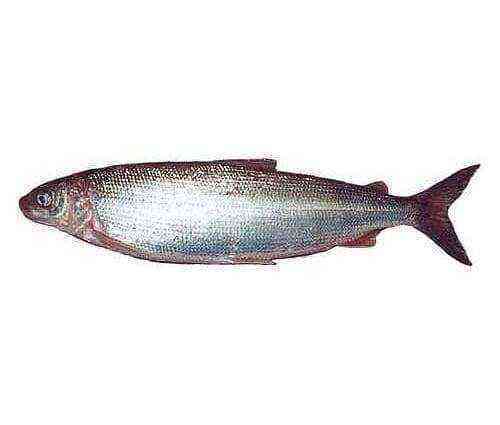Tilapia, or as it is also called – tilapia (Latin Tilapia) is a freshwater fish belonging to the cichlid family. The genus of tilapia has many different species, of which more than a hundred are known.
Tilapia is found primarily in freshwater areas with tropical climates. Some species are able to withstand lower temperatures than they are in the tropics, and in general are quite unpretentious fish. They very easily adapt to various difficult conditions, for example, to a low oxygen content in water. They are almost omnivorous and can find food anywhere. If necessary, they are able to survive even in salty sea water. Despite the fact that they are completely freshwater, bottom fish.
Tilapia is bred mainly in artificial reservoirs in Asia, Africa, the United States and Latin America, in China. The chemical composition of tilapia, like most fish species, is a good source of high quality protein, with well-known nutritional properties and good taste. The benefits of tilapia, like most aquatic creatures, are good protein content and a relatively low percentage of fat. Its meat is white and tender, because of its excellent taste, tilapia is often called “king bass”.
Composition
The composition of tilapia does not differ from other freshwater fish – their meat consists of protein, water, ash, fat, vitamins and minerals. Tilapia contains almost all B vitamins, Choline, niacin, potassium, calcium, iron, sodium, phosphorus, chlorine and magnesium.








































